Supreme Court sides with Google in Oracle’s API copyright case — from theverge.com by Russell Brandom and Adi Robertson
The ruling overturns a federal circuit decision favoring Oracle
Excerpt:
The court’s opinion concludes that APIs — which let programmers access other code — are significantly different from other kinds of computer programs. “As part of an interface, the copied lines are inherently bound together with uncopyrightable ideas … and the creation of new creative expression,” Justice Stephen Breyer writes in his opinion. Unlike many other computer programs, Breyer wrote, much of the copied lines’ value came from developers being invested in the ecosystem, rather than the actual operations of the program. Google used the API to let Java programmers build Android apps, which the court declared is a fundamentally transformative use.
“Google copied only what was needed to allow programmers to work in a different computing environment without discarding a portion of a familiar programming language. Google’s purpose was to create a different task-related system for a different computing environment (smartphones) and to create a platform — the Android platform — that would help achieve and popularize that objective.”
Also see:
SUPREME COURT OF THE UNITED STATES
Syllabus | GOOGLE LLC v. ORACLE AMERICA, INC. — from supremecourt.gov
CERTIORARI TO THE UNITED STATES COURT OF APPEALS FOR THE FEDERAL CIRCUIT No. 18–956.
Argued October 7, 2020—Decided April 5, 2021
Excerpt (emphasis DSC):
Held: Google’s copying of the Java SE API, which included only those lines of code that were needed to allow programmers to put their accrued talents to work in a new and transformative program, was a fair use of that material as a matter of law. Pp. 11–36.









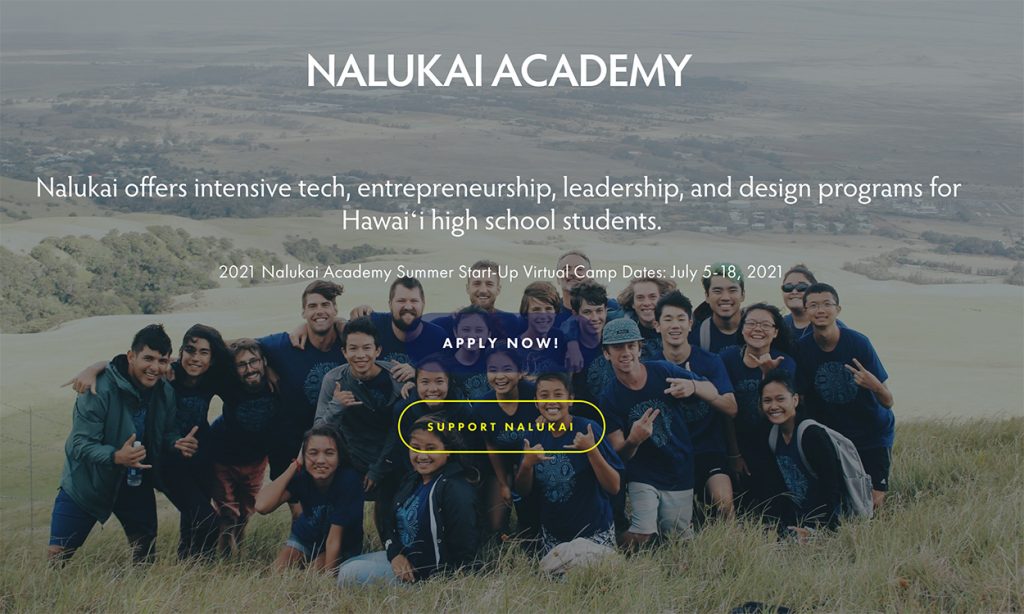
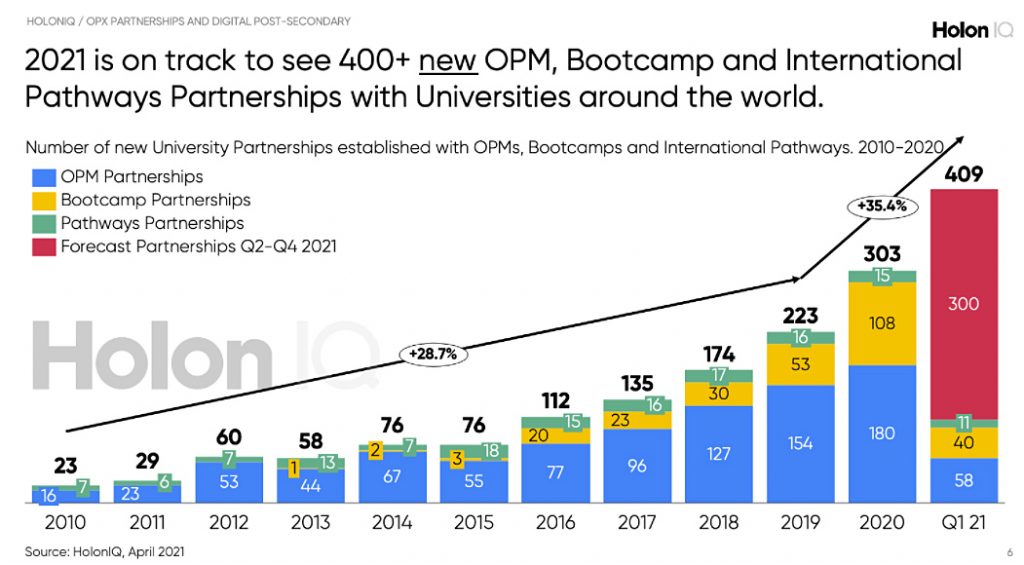

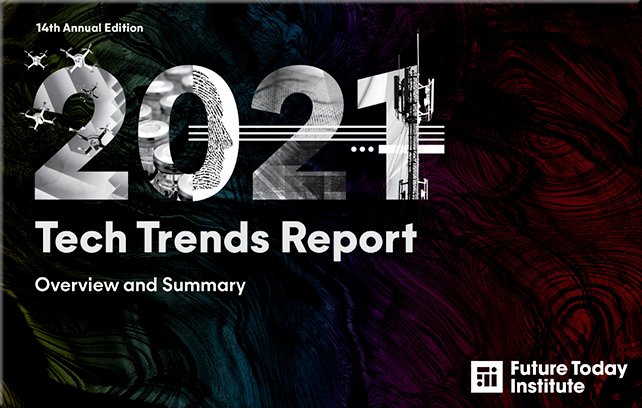
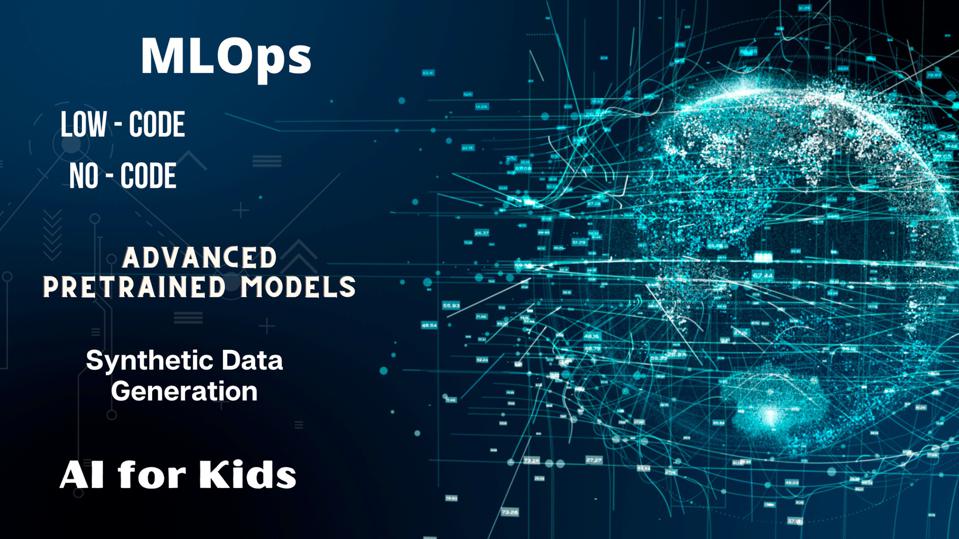
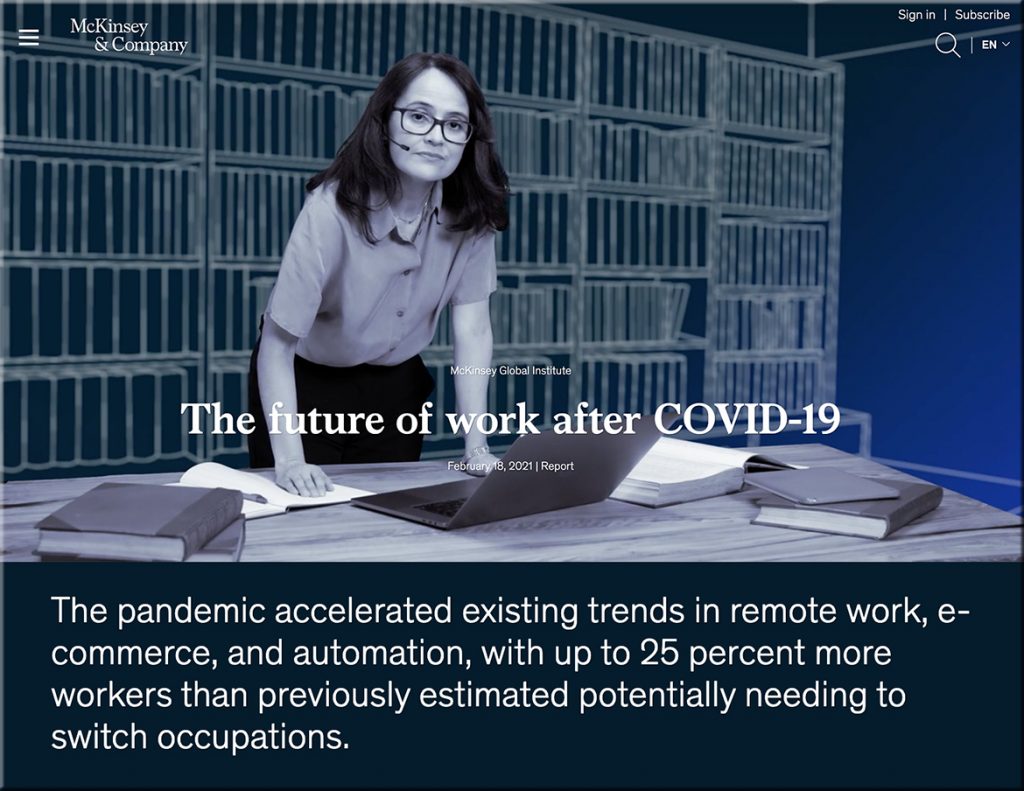

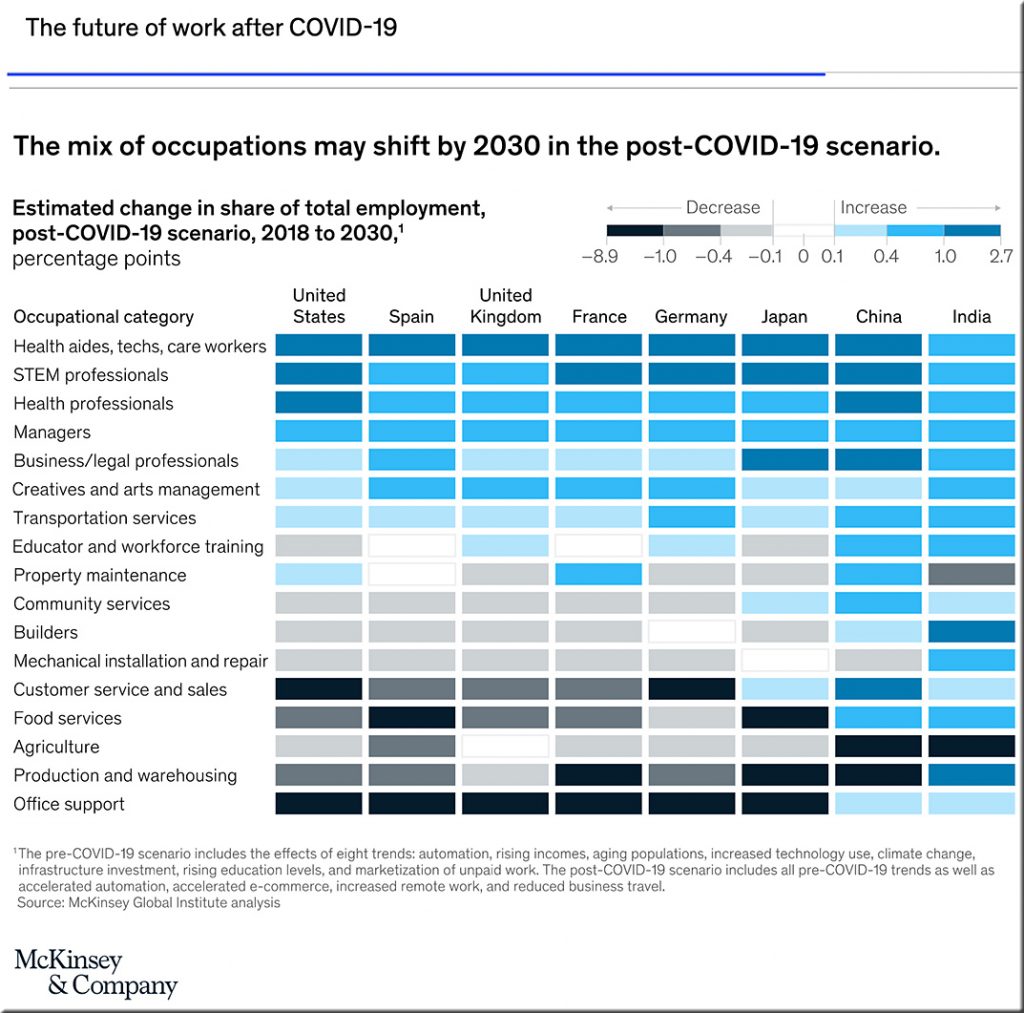
![[Photo: VALERIE MACON/AFP via Getty Images]](http://danielschristian.com/learning-ecosystems/wp-content/uploads/2021/01/p-2-chadwick-boseman-1024x576.jpg)
